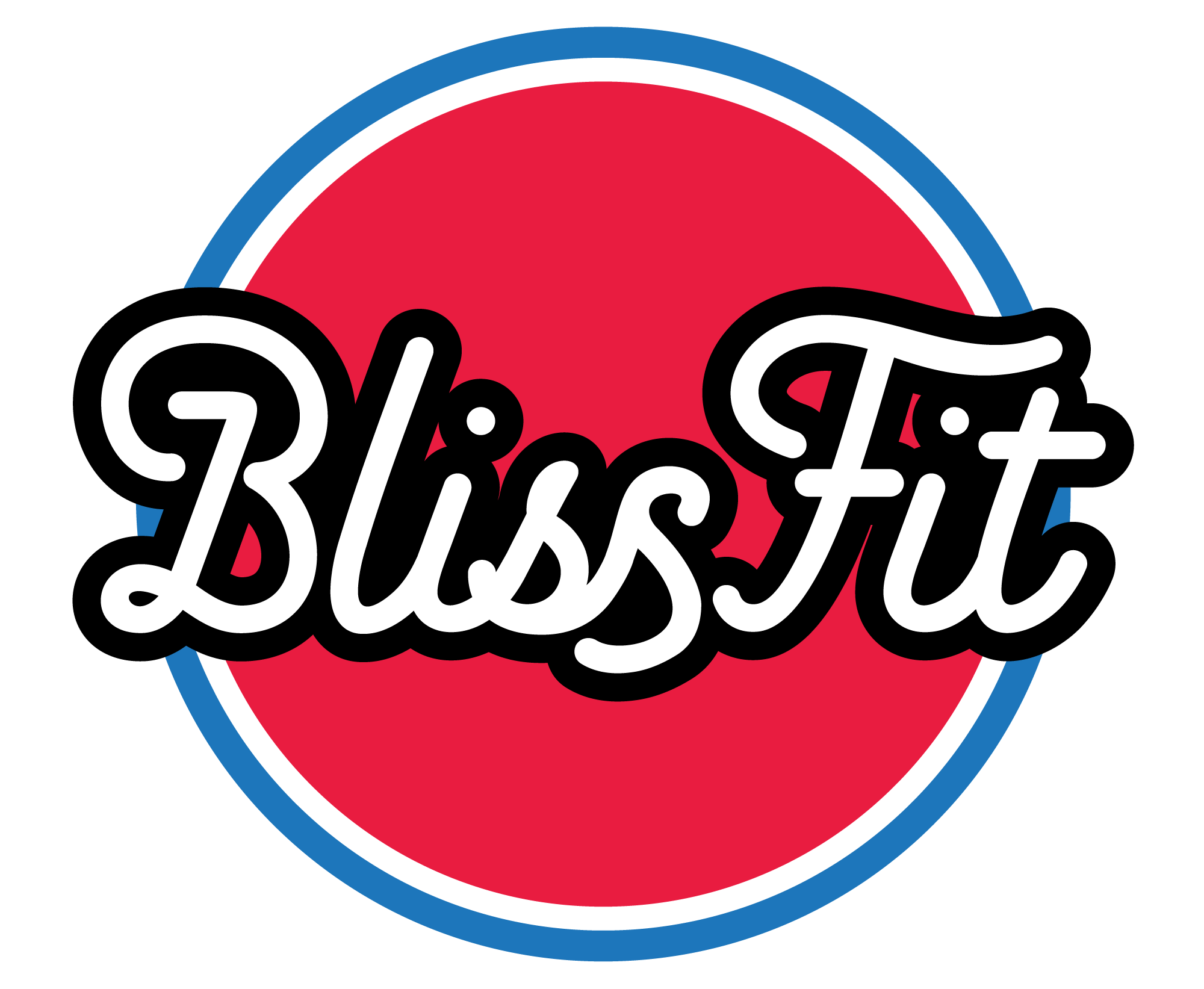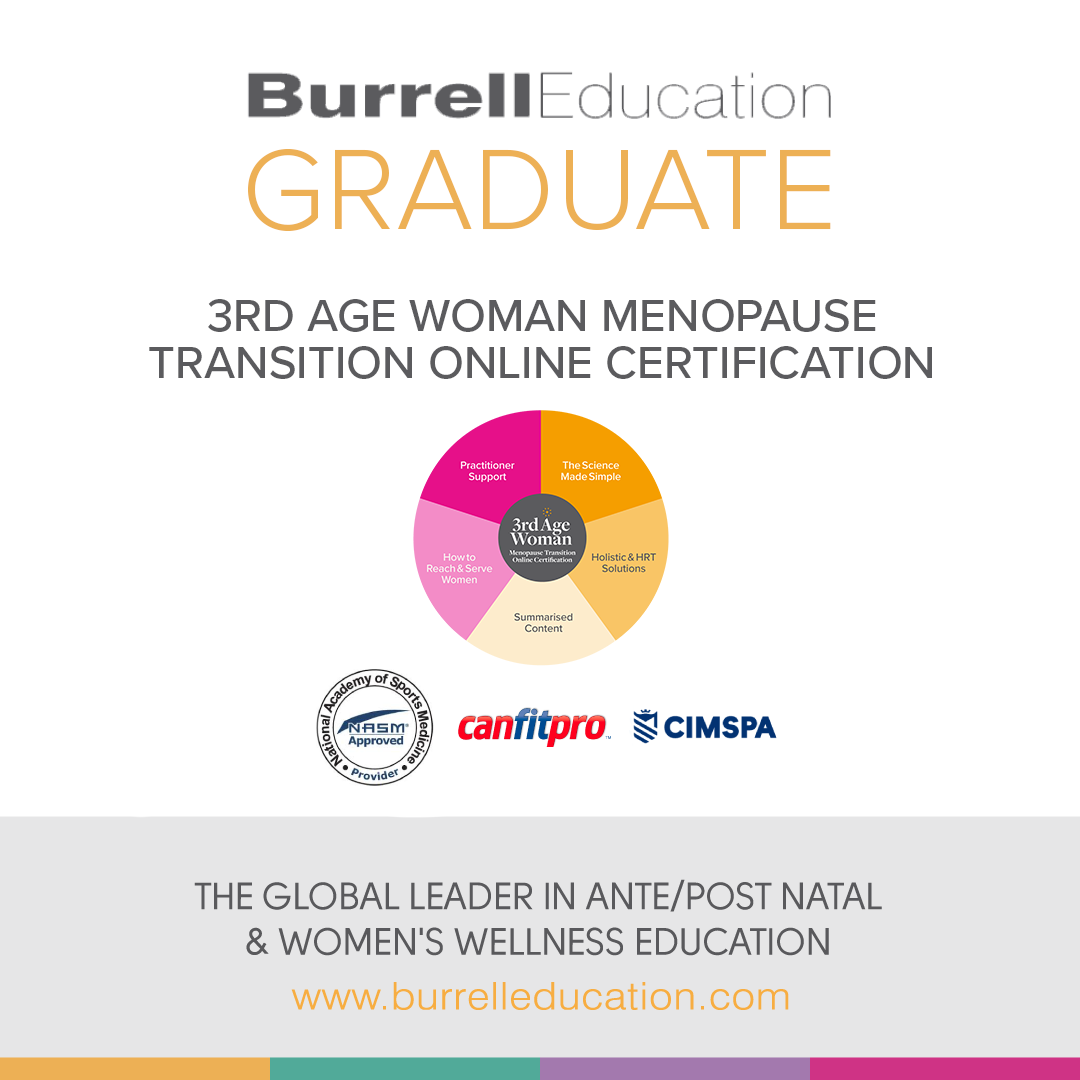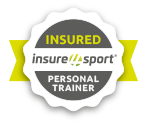What you can expect from sports massage, and how it can help your fitness.
 Discussing what hurts seems to go with the territory of any talk about exercise. Being the proud owner of various niggles as well as having a very regular exercise habit, I have found sports massage to be one of the most useful ways of looking after myself and I recommend it to anyone. I loved the opportunity to have an interview with the lovely Jenny Carter, who has a sports therapy practice and is a soft tissue therapist for the Worcester Warriors Rugby team.
Discussing what hurts seems to go with the territory of any talk about exercise. Being the proud owner of various niggles as well as having a very regular exercise habit, I have found sports massage to be one of the most useful ways of looking after myself and I recommend it to anyone. I loved the opportunity to have an interview with the lovely Jenny Carter, who has a sports therapy practice and is a soft tissue therapist for the Worcester Warriors Rugby team.
I’ve aimed to cover the 10 questions most people ask me about sports massage (including what pain should you expect, what it is most helpful for), but comment with any questions and I’ll ask Jen to help.
What does the title ‘sports therapist’ cover, and give us a taste of what an average working day for you is like?
My work starts with identifying the injuries, muscle imbalances and issues my clients may come to me with. I work out the best course of treatment to get them fit and well again while also helping them prevent further issues. Although the title includes the word ‘sports’ I actually work with a wide range of clients that include high level professional athletes, recreational sports enthusiasts, gym goers as well as many people who have no involvement in sport or training at all and are finding issues arising through the stresses of daily life.
I work in my own private practice as well as being soft tissue therapist for Worcester Warriors rugby club so my job is never dull! The variety of injuries and issues I see keeps me on my toes.
What actually happens in a sports massage to the body? How is it different from the massages you might get in the spa?
Sports massage (sometimes called ‘remedial’ or ‘deep tissue massage’) is very different from your traditional relaxation-type massage you might experience in a spa.
It works much deeper into the muscle to realign muscle fibres, connective tissue, scar tissue and muscle fascia to help alleviate tension and imbalances in the tissues. Thus improving range of movement in the joints, general flexibility and reducing the risk of further injury.
What kind of body issues respond really well to sports massage? What doesn’t?
That’s a good question, sports massage is a valuable tool to treat muscle tears, scar tissue, overuse injuries, traumatic injuries as well as being used for recovery and maintenance too. I truly believe a huge part of success with any scope of practice is being open and receptive to the possible benefits it may bring. Clients who are willing to work with you as a therapist and those who follow any rehabilitation guidelines you give in the correct way are far more likely to see lasting results than those who don’t, and I am always very honest with clients about that. A one off massage may make you feel great short term but if it’s not followed up with the correct aftercare, management and maintenance then don’t expect the results to last forever.
I also find massage is often something that people didn’t realise how badly they needed it until after a session!! (I agree with this- B)
What do people most come in (to you) with?
I’ll be honest I couldn’t say one area of the body or particular injury is the most common to me as I treat such a varied mix of clients! Even just purely looking at the athletic populations I treat I have MMA fighters, strongmen and women, marathon runners, football players, rugby players, boxers, BJJ, cross fit athletes….very different in their disciplines and the issues they bring! It keeps me on my toes as I’m not always too sure what’s about to come through the door on any given day.
How do you know if you are getting a good sports massage? Some people swear that you should judge the quality by the pain threshold you have to overcome. How should you gauge it for yourself?
I believe strongly in working with a client and their own tolerance levels. I hear people saying thing like ‘sports massage is just paying to get battered and bruised’ but that’s not the goal. Yes, we do work the tissues deeply and it can be uncomfortable at times, but if a client is so tense and apprehensive due to being in too much pain, it’s totally counter productive to what I am trying to achieve as a therapist.
As for knowing if you are getting a good massage – I always think the results speak for themselves.
What is actually causing the pain that you can feel in a sports massage? Some people are concerned about having to endure pain.
Most of the discomfort people feel during treatment is actually just pressure having to be exerted on tight muscles and tendons to gain the response we need. Going back to your last question I would add the sign of a good treatment is a therapist who can work these painful areas effectively, so by the end of the session you can already start to feel the changes that have occurred.
Does how fit/ how much muscle you have (compared to the average body types) make any difference to how effective sports massage can be?
Not at all. I work with all shapes and sizes and all levels of fitness and it can be just as effective for each client. Of course someone who trains 5-6 times a week or does sport professionally will require more frequent treatment, but other than that no.
Is it worth having a sports massage once, or every now and then? Is there benefit in doing them regularly?
There’s a huge benefit to regular or semi regular treatment. A one off is fine, but it’s a bit like having a car – if it passes the MOT it still needs servicing and maintenance as more miles get added to the clock! When I treat an injury I may see them more frequently at first to rectify the issue, but many people then choose to keep coming for regular maintenance appointments to keep any issues at bay.
What are things that you wish people would ask or do to take better care of themselves?
Time seems to be the thing that stands in most people’s way, but I find that a client that buys into the advice I give, and does self-management at home don’t tend to have difficulties with time once they get it into their normal routine. For example, a client of mine really needed to be doing more stretching at home so I gave her a 10 minute all over body programme to do and she now does it on her daughters bedroom floor every day while they chat before her bedtime! We only get one body and it’s worth a bit of investment to look after it, so it’s worth finding a way to fit it in that works for your life.
How can people help themselves between (or after) sports massages?
Regular stretching protocols and things like foam rollering (when appropriate) can be a really helpful tool for many people. (I’m a big fan of the foam roller – more to come on this – B)
A little about Jen Carter:
J Carter Sports Therapy (est. 2007)
BSc (Hons) Sports Therapist with 12 years industry experience.
Based in Worcester, mum to a 4 year old daughter.
Soft tissue therapist for Worcester Warriors since 2007.
Worked with Tongan national rugby team 2008/09
Contact Jen for treatment on:
Facebook: J.Carter Sports therapy
Instagram: @jcarter.st.
Email: jcarter.st at btopenworld.com
If you want a plan to improve your fitness, body shape, or how good you feel – get in touch with me about personal training in Malvern. I train my clients at the lovely private personal training gym, Matrix Fitness, or digitally. Drop Blissfit a message via Facebook or Instagram, or via my contact page.





